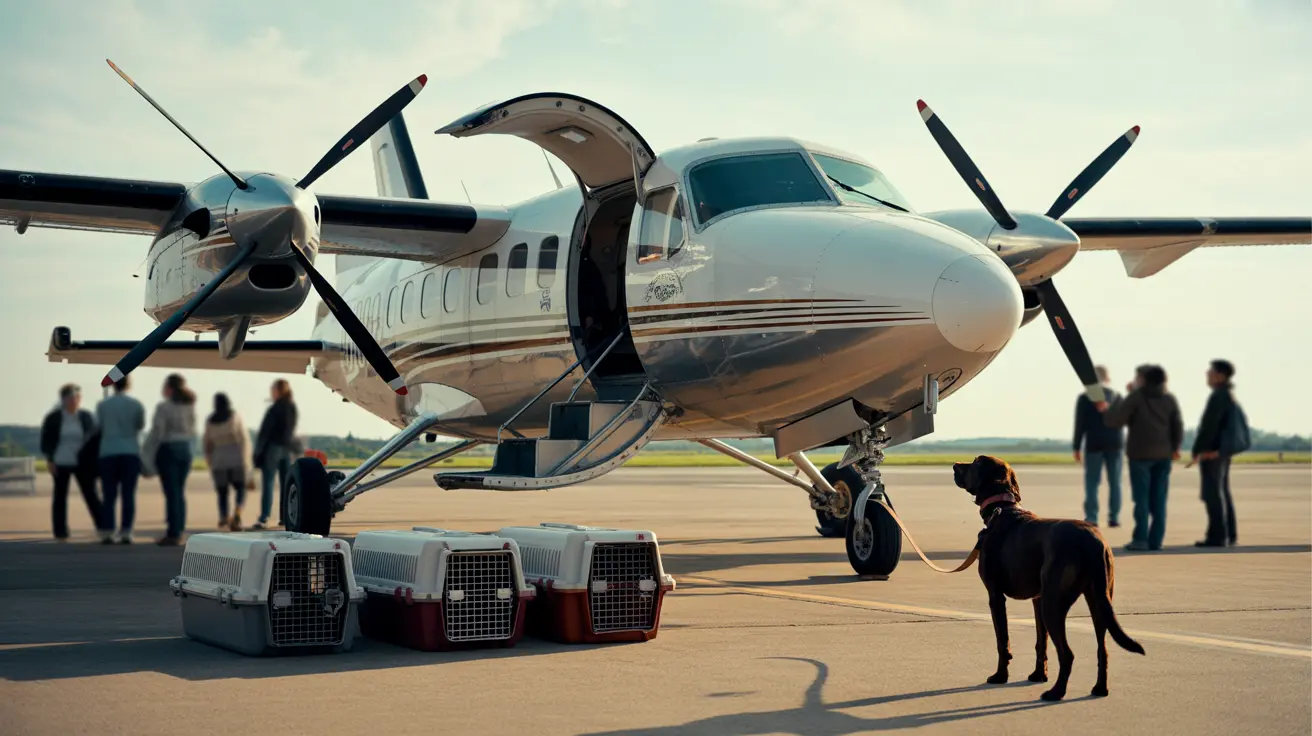Understanding Hearing Loss in Aging Dogs
Hearing loss in dogs can occur at any age, but age-related deafness is more common in senior dogs. Just like in humans, dogs may gradually lose their sense of hearing as they grow older. This article explores the causes, signs, and management of hearing loss in aging dogs to help owners provide the best care for their beloved companions.
Causes of Age-Related Hearing Loss
Gradual hearing loss in older dogs is usually due to the degeneration of structures in the inner ear. This form of hearing loss is classified as acquired deafness and is not typically reversible. Common contributing factors include:
- Natural aging - The inner ear structures lose functionality with age.
- Chronic ear infections - Untreated infections can damage the ear canal or eardrum.
- Ototoxic medications - Certain drugs can damage hearing permanently.
- Trauma or injury - Accidents affecting the head or ears may impair hearing.
- Exposure to loud noise - Regular exposure to loud environments can contribute to hearing damage.
Signs Your Dog May Be Losing Hearing
Unlike vision problems that are more apparent, hearing loss can be subtle and progress unnoticed. Look for these common signs:
- Failure to respond to verbal commands
- Excessive barking or changes in vocalizations
- Difficulty waking from sleep
- Surprise or startle when approached unnoticed
- Disorientation in locating the source of sounds
These indicators often appear gradually, so it’s important to monitor behavioral changes as dogs enter their senior years, typically around 7–10 years old depending on breed and size.
Diagnosing Deafness in Senior Dogs
If you suspect hearing loss, perform simple home tests such as whistling, clapping, or squeaking a toy behind your dog without visual cues. If there's no response, consult a veterinarian for a professional diagnosis. The BAER test (Brainstem Auditory Evoked Response) remains the gold standard for confirming hearing status. It measures electrical activity in the auditory pathways and determines the severity and ear-specificity of hearing loss.
Managing and Communicating with a Deaf Dog
Deaf dogs can live joyful lives by adapting their environment and communication methods:
- Use hand signals - Replace verbal commands with consistent visual cues.
- Incorporate vibration - Gently stomp on the floor or use vibration collars (not shock collars) to get their attention.
- Ensure safety - Keep deaf dogs on-leash and within fenced areas since they can’t hear approaching hazards.
- Enrich their senses - Toys and games that engage vision or scent can maintain mental stimulation.
Training Techniques for Deaf Older Dogs
Training techniques for hearing-impaired dogs must emphasize positivity, repetition, and patience. Start by pairing visual signals with rewards. Use a flashlight blink or a distinct motion as a cue, followed by a treat. Maintain a predictable routine and environment to reduce stress and aid understanding.
Preventive Measures and Health Considerations
- Regular ear exams can catch infections early.
- Avoid loud environments or provide ear protection for sensitive dogs.
- Inform caretakers about your dog’s hearing loss to ensure proper handling.
- Always include identification tags indicating ‘Deaf’ for lost-and-found emergencies.
While hereditary deafness typically presents at birth, age-related deafness is common and natural. Understanding its progression helps owners accommodate their pets' changing needs.
Conclusion
Dogs do not all lose their hearing at the same age, but most begin to exhibit signs as they become seniors. From about 7 years and onward, watch for behavioral changes and adjust your care routines accordingly. With proactive strategies and compassion, deaf dogs can continue to lead safe, happy, and enriched lives.





